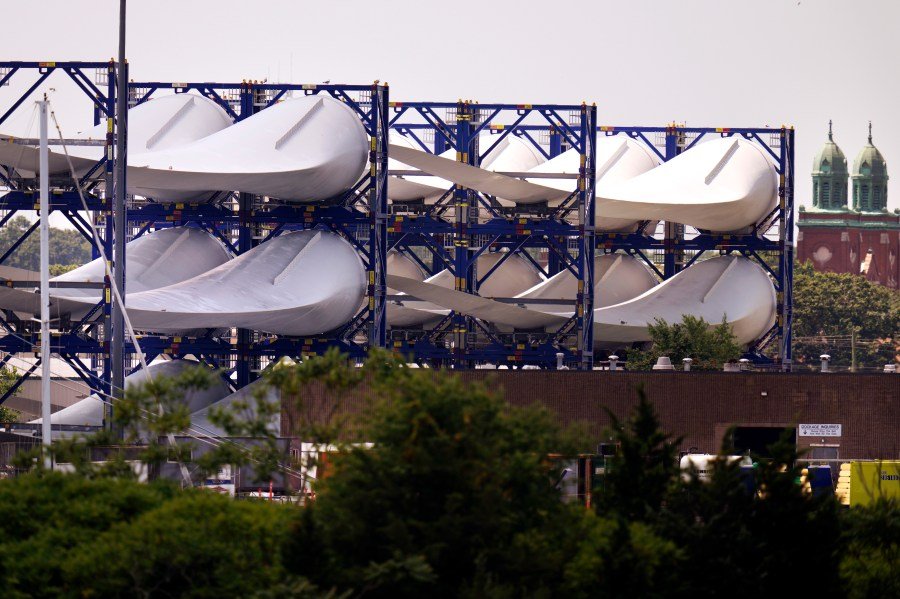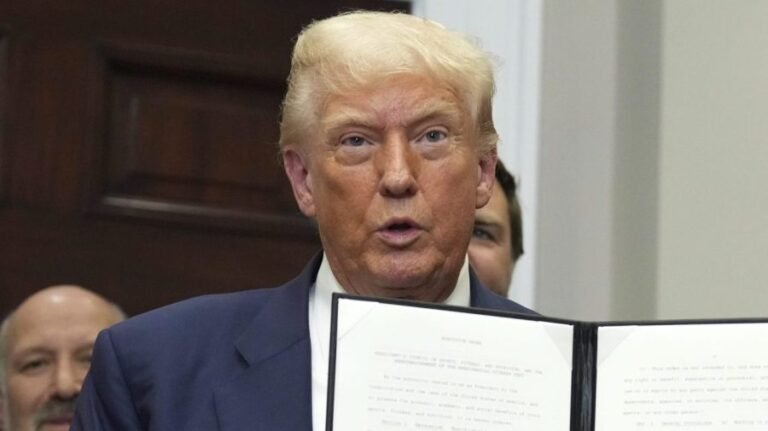
The Senate’s version of the “big, beautiful bill” includes changes to green energy tax credits that are more flexible than those passed by the House — but would still be a significant rollback.
This flexibility is likely to please moderates in both chambers who felt that the House version was too stringent. However, it could be teeing up a collision with the conservative House Freedom Caucus, whose board said it will “not accept” Senate changes that “water down” its major cutbacks to the climate-friendly credits.
The Senate text appears to eliminate the most stringent provision in the House bill, deleting a measure that would have required climate-friendly energy sources to start construction within 60 days of the bill’s enactment to qualify for the credits at all.
Instead, things such as solar panels and wind farms would need to begin construction this year in order to receive the full credit amount.
Projects that begin construction in 2026 would get 60 percent of the credit, while projects that begin construction in 2027 would receive 20 percent. Projects constructed in 2028 or later would not be eligible for the credit.
This, too, appears to be more flexible than the House text, which required projects to not just start construction but actually be producing electricity by the end of 2028 to qualify for the credit.
Nevertheless, the Senate provisions are still a major rollback of the tax credits passed by Democrats in their 2022 Inflation Reduction Act. Under that law, the credits would have lasted until either 2032 or when U.S. emissions from the electric sector are 25 percent lower than their 2022 levels, whichever came later.
The Senate text also adds carve-outs for hydro, nuclear and geothermal power, allowing them to receive the full credit if they begin construction before 2034.
And it appears to loosen a provision in the House bill that barred the credits from applying to any energy project that contained Chinese components, subcomponents or minerals after this year.
The upper chamber instead seeks to set thresholds for how much of the value of a component may come from China.


